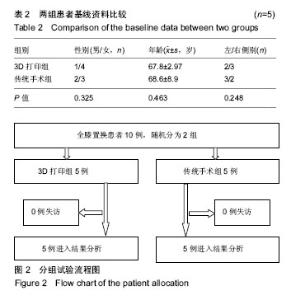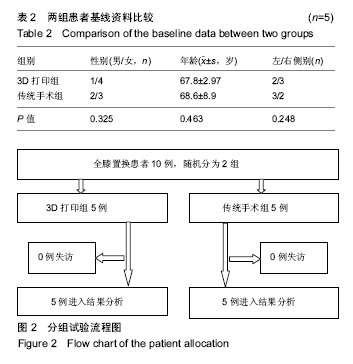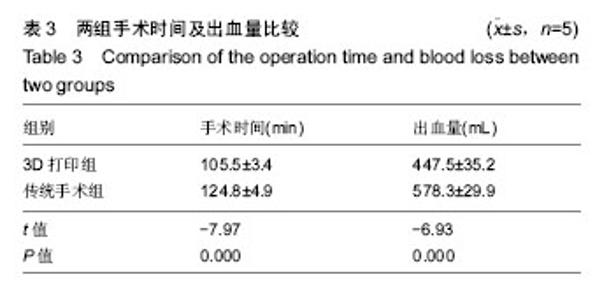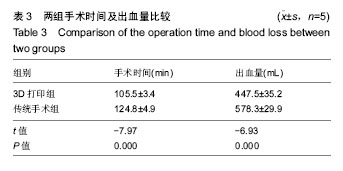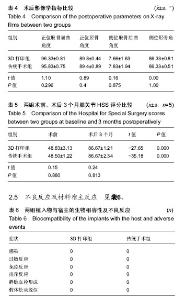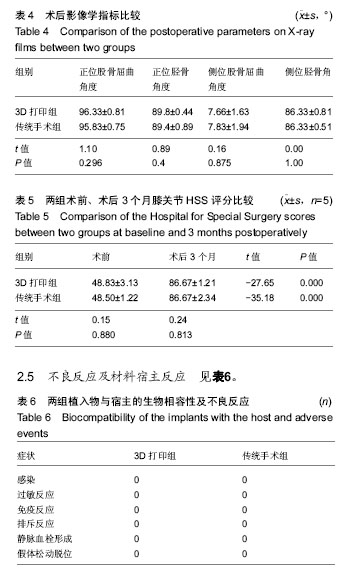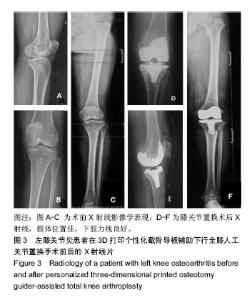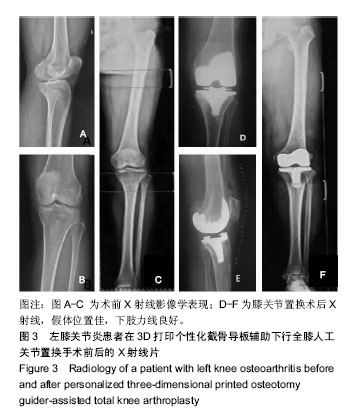| [1] Nam D, McArthur BA, Cross MB, et al.Patient-specific instrumentation in total knee arthroplasty: a review.J Knee Surg. 2012;25(3):213-219. [2] Blagojevic M, Jinks C, Jeffery A, et al. Risk factor for onset of osteoarthritis of the knee in older aduits: a systematic review and meta-analysis. Osteoarthritis Cartilage. 2010:18(1):24-33. [3] Richmond SA, Fukuchi RK, Ezzat A, et al. Are joint injury, sport activity, obesity, or occupational activities predictors for osteoarthritis? A systematic review. J Orthop Sports Phys Ther. 2013;43(8):515-519.[4] Felson DT, Niu J, Clancy M, et al. Effect of recreational physical activities on the development of knee osteoarthritis in older adults of differet weights: the Framingham Sthdy. Arthritis Rheum. 2015;57(1); 6-12.[5] Scott CE, Bugler KE, Clement ND, et al.Patient expectations of arthroplasty of the hip and knee.J Bone Joint Surg Br. 2012;94(7): 974-981.[6] Boble PC, Conditt MA, Cook KF,et al. The John Insall Award: Patient expectations saffect satisfaction with total knee artroplasty. Clin Orthop Relrt Res. 2015;452:35-43.[7] Kurtz S, Ong K, Lau E, et al. projections of primary and revision hip and knee arthroplasty in the United States from 2005 to 2030. J Bone Joint Surg AM. 2016;89:780-785.[8] Otten R, van Roermund PM, Picavet HS.Trends in the number of knee and hip arthroplasties: considerably more knee and hip prostheses due to osteoarthritis in 2030.Ned Tijdschr Geneeskd. 2010;154:A1534.[9] Barlow T, Griffin D, Barlow D, et al. Patients’ decision making in total knee arthroplasty: a systematic review of qualitative research. Bone Jt Res.2015;4:163-169.[10] Heyse TJ, Tibesku CO.Improved tibial component rotation in TKA using patient-specific instrumentation.Arch Orthop Trauma Surg. 2015;135(5):697-701.[11] Faulkner-jones A, Greenhough S, King JA. et al. Development of a valve-based cell printer for the formation of human embryonic stem cell spheroid aggregates. Biofabrication. 2013;5(1):015013.[12] Koga Y,Three-dimensional motion analysis and its application in total knee arthroplasty:What we know and what we should analyze. J Orthop Sci.2015;20(2):239-249.[13] Renson L,Poilvache P,Van d WH.Improved alignment and operatation for TKA .Knee.2016;21(6):1216-1220.[14] Schweizer A, Furnstahl P, Nagy I. Three-dimensionall correction of distal radius intra-articilar malunions using patient-specific drill guides.J Hand Surg Am. 2013;38(12):2339-2347.[15] 吴东迎,袁峰,吴继彬,等. 3D打印截骨导板在人工全膝关节置换术中的应用[J].中华骨科杂志,2015,35(9):921-926.[16] Moutzouri M , Gleeson N , Billis E , et al , The effect of total knee arthroplasty on patients' balance and incidence of falls: a systematic review.Postgrad Med J.2015;91(1079):483-491.[17] 孙保飞,张敬东,刘欣伟,等. 应用3D打印个性化截骨模具行全膝关节置换术后失血量临床研究[J]. 中华骨科杂志,2016,4(4):204-207.[18] Swank M. Computer-assisted surgerg in-total knee arthroplasty: recent adances[J]. Surg Technol int. 2010;12(3):209-213.[19] 曹恒,刘明延,石辉,等. 定制3D打印切模辅助全膝关节置换术的临床疗效分析[J]. 岭南现代临床外科,2017,17(2):213-216.[20] 刘金辉,聂喜增,李峰.3D打印技术在全膝关节置换术中的应用价值[J]. 现代中西医结合杂志,2016,25(16):1760-1762.[21] 袁伟,赵辉,付培亮,等.三维打印个体化器械在全膝关节置换术中的应用[J].中华关节外科杂志(电子版),2016,10(2):71-73.[22] Zhang S, Liu X , Xu Y, et al, Application of rapid prototyping for temporomandibular joint reconstruction. J Oral Maxillofac Surg, 2011;69(2):432-438.[23] Mahaluxmivala J, Bankes MJ, Nicolai P, et al . The effect of surgeon experience on component positioning in 673 Press Fit Condylar posterior cruciate-sacrificing total knee arthroplasties. J Arthroplasty. 2011;16(5):635-640.[24] Loer I, Plitz W. Tibial malalignment of mobile-bearing prostheses: a simulator study. Orthopade,2015.32(4):296-304.[25] Kahlenberg CA , Nwachukwu BU , McLawhorn AS , et al . Patient Satisfaction After Total Knee Replacement: A Systematic Review. HSS J. 2018;14(2):192-201. |
